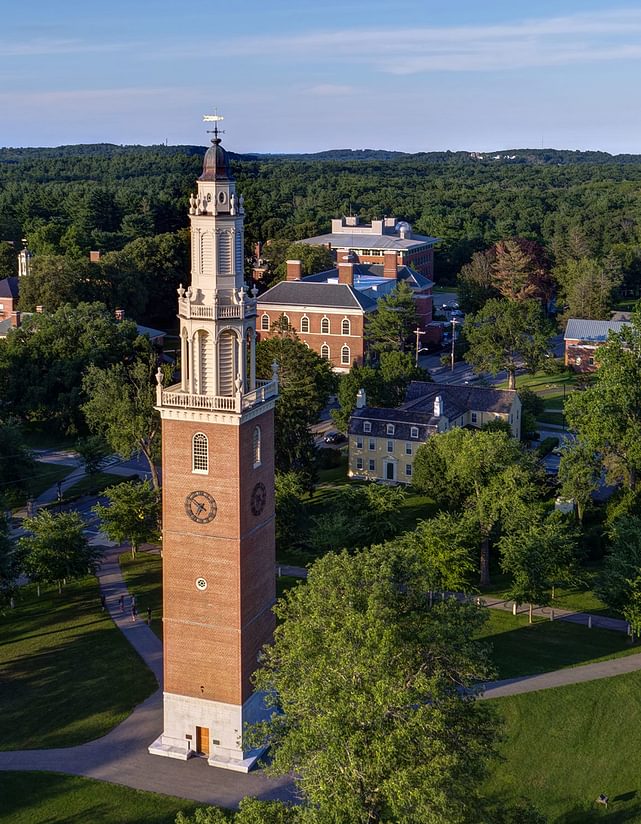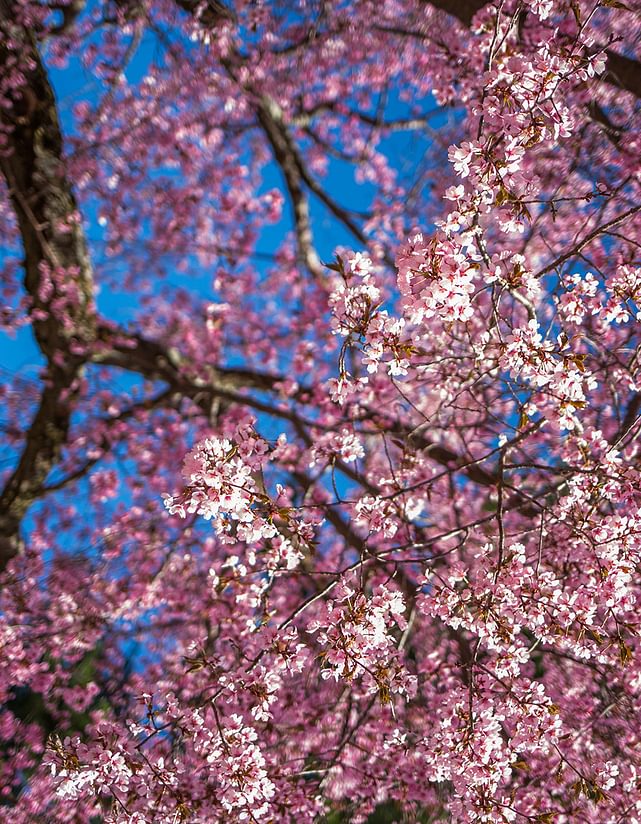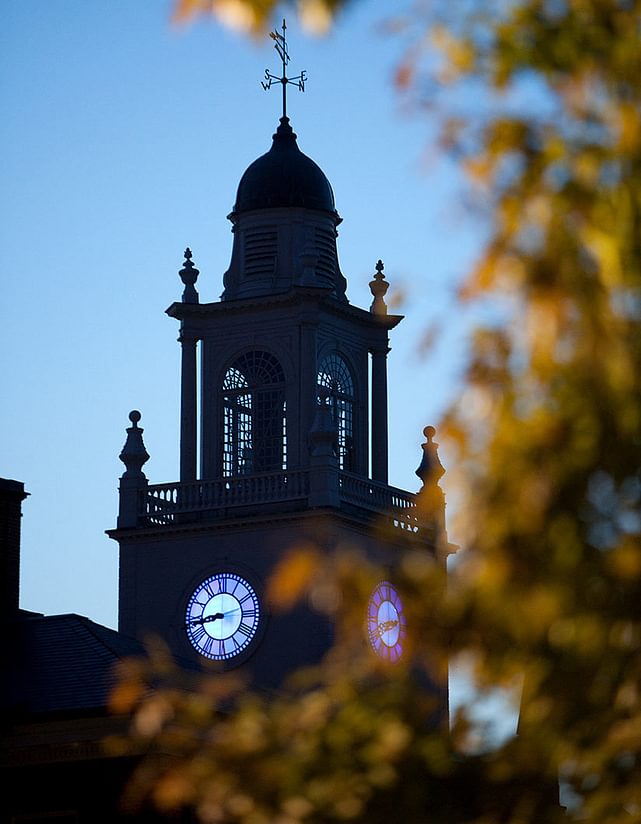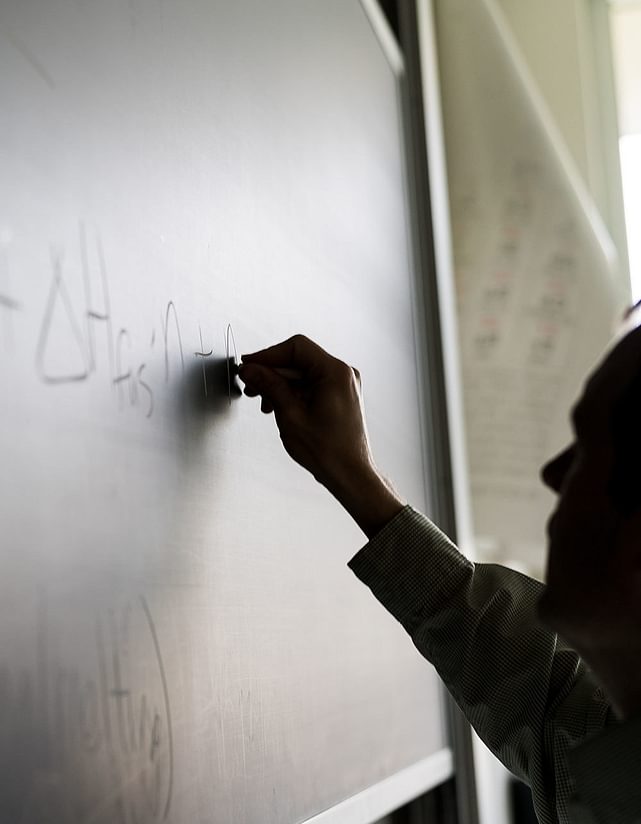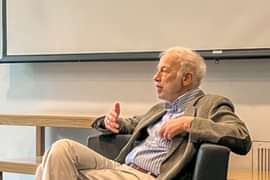
October 10, 2022
Photographing history
Harry Benson captures iconic 20th-century momentsby Allyson Irish
Scottish-born photojournalist Harry Benson has photographed some of the most memorable moments and figures of the 20th century, including the building of the Berlin Wall, the Meredith March, the assassination of Robert F. Kennedy, and The Beatles’ arrival in the United States. The Addison Gallery of American Art is currently showcasing his work in the exhibition Harry Benson: Four Stories.
What do you remember most about flying to the U.S. with The Beatles?
I remember how happy and excited I was. Even more so than The Beatles, as it was my first real visit to America. It was January 7, 1964, and as we began to land, John Lennon, who was very political, looked out the window and said, “I wonder where the Freedom Riders are.” At the time, the civil rights movement was at the forefront of the news. The Beatles also talked about the proximity of their visit to the assassination of President John Kennedy, which had occurred less than two months earlier. They were somewhat nervous about their reception, but they need not have worried. They were on top of their first press conference, witty and fast thinking. Their fans were elated.
 Harry Benson. (Submitted. All photos by Harry Benson)
Harry Benson. (Submitted. All photos by Harry Benson)
You must have gotten to know John, Paul, George, and Ringo to some extent while taking photos. How would you describe them?
They were all so young at the time and were as surprised as anyone with their success. They discussed what they would do when the fame was gone. Little did they expect it to last. Ringo wanted to open a hairdressing salon. I would say that Paul and John were the leaders. It would change from day to day, but you could never get anything done without Paul organizing it. George, as a composer, was overlooked, as his songs didn’t suit the image of The Beatles, and he became frustrated later on.
Did you stay in touch with any of them?
Not really. I knew it was not good to become too close to a celebrity. If you did, they would call up and say something like “don’t use that photograph.” I was closest to George at the time. He would slip out with me and go to pubs. We went to the Tivoli Gardens in Copenhagen, and no one recognized him! None of the Beatles gave me any problems with taking photographs. There were so many photographers after them, but they would never have another pillow fight. John told me it was because it was my picture.

You’ve photographed some of the most important social, political, and cultural figures and events of the 20th century. Is there anything you felt you missed out on?
There is a lot I have missed out on, but I didn’t miss out on the right time with The Beatles—and I am happy about that. To me, America had a nervous breakdown in the 1960s and I was there to photograph it.
Any words of wisdom for future photojournalists?
Being a photojournalist is not a gentile profession…it’s rough, the hours are long, and it can be dangerous. You need a love of history and current events and the willingness to give up holidays, your birthday, and to work any day or night. There are also no major magazines anymore. Life and Look are gone and have been replaced by the internet and TV…New generations have no idea of how venerable those magazines were. When giving a lecture, I am always asked this question. I pause, stop, and think before answering, “Get a guitar.”
Categories: Magazine
Other Stories
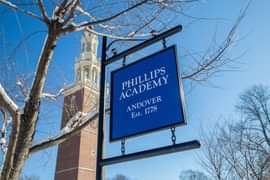
Andover’s 10th conference promotes open financial dialogue
